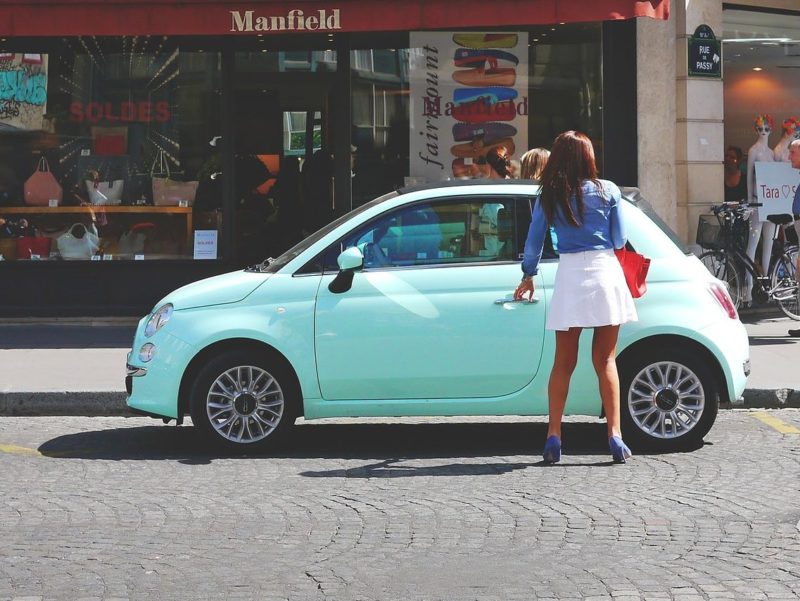The collision damage waiver. A much needed insurance blanket or a cynical attempt by the rental company to increase profits?
I take note of any article I see about the rental industry and in particular the selling of waivers at the rental counter or added on when you book online. Often these articles are written by those not in the industry and without any real clue as to the cost pressures and risks involved to the rental firm themselves.
And that’s the main problem. Everyone is an expert in what repairs should cost on a vehicle, just as they seem to be experts on the effect that damage has on the value of a vehicle despite, in most cases, having little or no experience in this field.
It’s time for a few facts to set the record straight!
Firstly, it is worth considering what the damage waiver (cdw) is. Rather than insurance, as most people like to think of the cdw, it is simply the rental company taking the risk instead of the hirer.
The cost to repair damage doesn’t change, just as any insurance excess or increase in the policy that the rental company pays when they claim doesn’t change when you decide to take the waiver. It is pure and simple the rental company taking a punt that you will not damage the car so that they can increase the margin on the rental. And there it is, the word ‘margin’. So the rental company are being greedy right? Not so. If they sell enough cdw’s then the amount they have in the pot should hopefully cover the costs of repairs when the hirer does damage the vehicle. But rest assured the extra left over is not purely profit.
One thing those coming into our industry are always surprised by is the amount of damage to our fleet. Sometimes we recoup the cost of damage by re-charging those responsible, sometimes we miss it as we are only human, and sometimes we actually choose not to charge a customer even though it will cost us in the long run. Having a pot of damage waiver to help mitigate some of these costs is crucial.
The average price of second hand cars has risen by 19% in the last year, parts for vehicle’s by 16%, insurance by 21% (source: BBC News) and I wouldn’t like to guess how much the price of new vehicles has risen. In an industry that uses a lot of finance to fund our fleets, every interest rate rise hurts as well.
Rental is a risky business. Giving assets worth tens of thousands of pound’s to complete strangers and hoping they will not damage them.
In fact, if you stop and think about it, its a huge risk the rental company are taking by charging as little as £12.50 per day for a cdw. Believe me, you can’t get many repairs for £12.50!
Want an example? Well, we had a new wing mirror fitted to a VW van last month and it cost over £800 by the time the parts, painting and labour were taken into account! The customer had taken the cdw so they had a real win whilst we were heavily out of pocket. Repairs are expensive and that’s the gamble!
So the damage waiver is really not a cynical ploy to get more margin. It’s a straight choice between you taking the risk or the rental company. And the only real question is, do you feel lucky?



